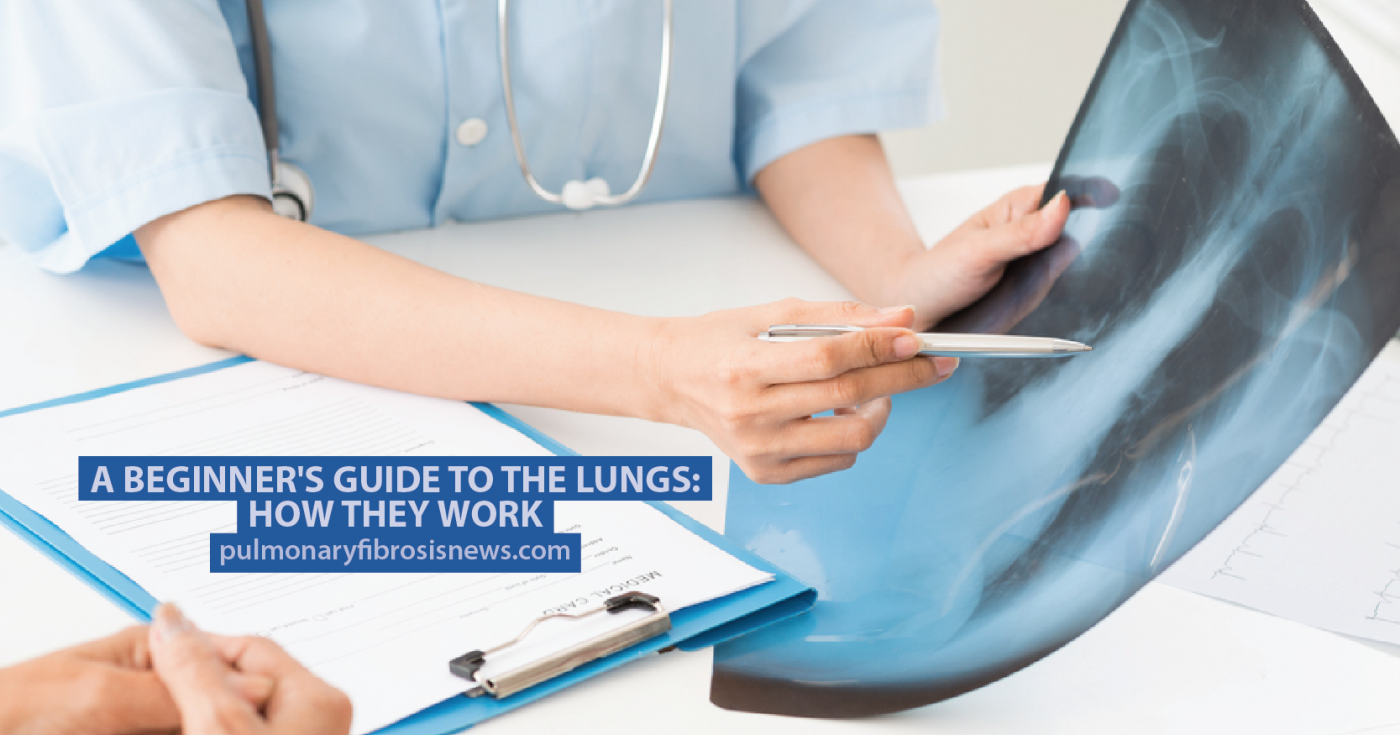A Beginner’s Guide to the Lungs: How They Work

Lungs are an essential part of the respiratory system that allow our bodies to receive oxygen. This is our most important ability, since every cell requires oxygen to function. We take in air through our nose or mouth, which then travels through our wind pipe and into our lungs. The lungs then store the good oxygen and transport it to our cells, while releasing the carbon dioxide. This process continues nonstop as long as we’re alive.
The Bronchial Tubes
According to the American Lung Association, air goes through the windpipe and then divides into two bronchial tubes. The bronchial tubes have thousands of fine hair-like catchers called cila that move together like a wave. They sweep mucous back up into the throat and out of the body by coughing.
After oxygen makes it through the bronchial tubes, the air goes into the lungs. In our chest, there are two lungs that each weigh one pound. The lungs are protected by the rib cage which prevents them from being punctured. Right below the lungs sit our diaphragm which is the main muscle in the respiratory system.
Since the left lung needs to share its space with the heart, the right lung is a tiny bit larger. The right lung has three sections known as lobes. Each lobe is like a balloon filled with sponge-like material. Air moves in and out of each lobe. The left lung only has two lobes.
RELATED: American Lung Association provides online platform for PF patients
The Pleura
Lungs are covered by two thin layers of membrane called pleura. Pleura, not only covers the lungs, but they move with the lungs when someone inhales and exhales. Pleura is thin, but very expandable. It also separates the lungs from the chest wall.
The inside of your lungs look like a sponge made of millions of tiny tubes. At the end of each tube is something we call the alveoli. The British Lung Association says that there are 300 million alveoli in the lungs and if we spread them out, they would be the same size as a tennis court! Alveoli have walls that have very small blood vessels known as capillaries that crisscross all around them. The good air wants to be in the alveoli while the bad air (also known as carbon dioxide) leaves the body through the blood capillaries.
As we age, our lung capacity diminishes so it’s very important to keep our lungs as healthy as possible.
RELATED: A quick guide to pulmonary fibrosis
Pulmonary Fibrosis News is strictly a news and information website about the disease. It does not provide medical advice, diagnosis or treatment. This content is not intended to be a substitute for professional medical advice, diagnosis, or treatment. Always seek the advice of your physician or another qualified health provider with any questions you may have regarding a medical condition. Never disregard professional medical advice or delay in seeking it because of something you have read on this website.






